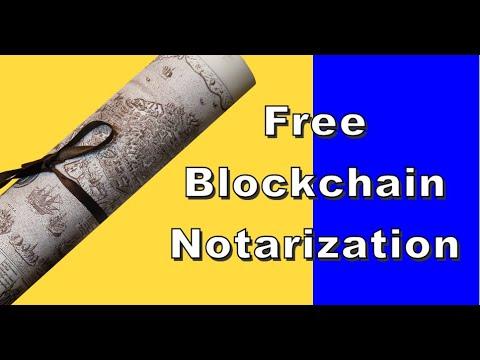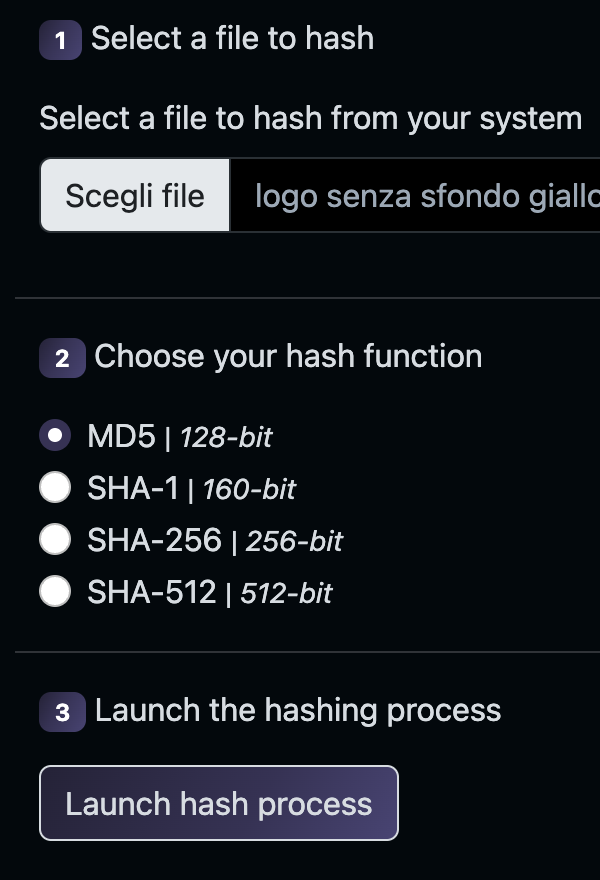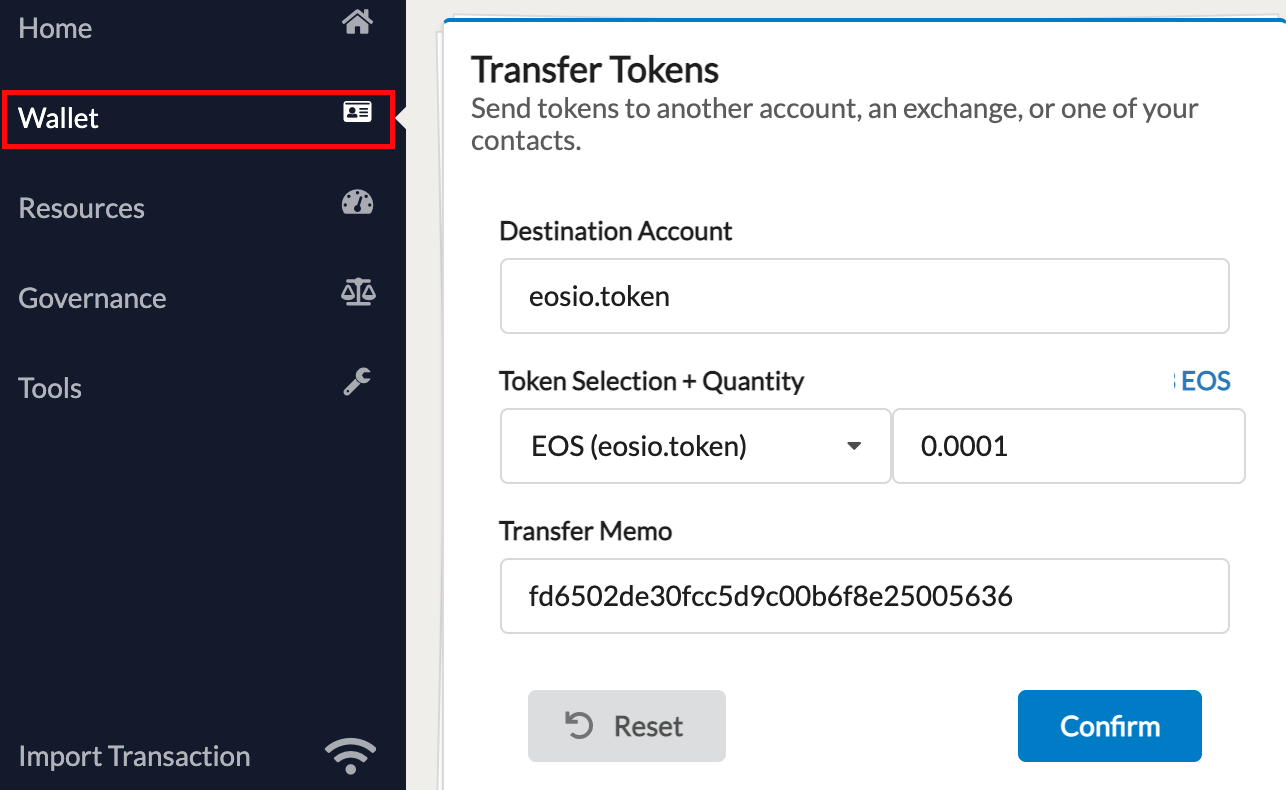Free Blockchain Notarization

Blockchain notarization is a process that allows you to #certify the existence of a digital document at a specific moment in a secure and immutable way.
This technology is based on blockchain, a decentralized and distributed data structure that ensures transparency and integrity of information.
Blockchain notarization is increasingly used in various sectors, such as legal, financial, and real estate, for its ability to provide certain proof of the existence of a document and protect it from potential changes or alterations.
In this article, we from Hoken Tech will guide you step by step through the free notarization of a document in blockchain, illustrating the advantages of this technology and the legal considerations to keep in mind.
Supplies
- EOS or other token
- An EOS wallet (Anchor Wallet)
- File to notarize
What Is Blockchain
Blockchain is a decentralized and distributed data structure that allows you to store and transmit information securely and transparently.
Furthermore, the blockchain is made up of data blocks, connected to each other in a chronological and cryptographic way, which form an immutable chain of information.
Each block in the chain contains a set of transactions, which are validated and added to the blockchain by a network of nodes, through a consensus process.
This process ensures that each transaction is verified and confirmed by multiple parties, making the blockchain a highly secure and reliable data structure.
Create a Digital Fingerprint of the Document


The digital fingerprint is an alphanumeric string of characters that uniquely identifies a document. To create a digital fingerprint, you can use hashing software, such as SHA-256, which generates a string of characters based on the content of the document.
For example, we can use this page to create the digital fingerprint of the document: https://hash-file.online/. Here we will have to upload our file, choose the type of algorithm to use based on our needs, and then launch everything by clicking on the “Launch hash process” button:
Send the Digital Fingerprint to the Blockchain

Once the digital fingerprint has been generated, it is necessary to send it to the blockchain, either by using an online notarization service, or by sending the transaction to the blockchain ourselves.
To do this, we can use the EOS blockchain, as it has a memo field where we can enter various information, including this hash.
To do this, all we have to do is open our wallet, for example Anchor Wallet, go to the wallet section, and enter a destination account here, for example another account of ours or one of the blockchain.
As the amount of tokens to transfer, we put 0.0001, and then enter the string we have in the “Transfer Memo” field and launch the transaction by pressing the “Confirm” button.
Finally, the transaction will be recorded in the blockchain and will contain the information of our file, i.e. the digital fingerprint that we had created with the hash function.
With this information, we can check the related document at any time and verify the result of the hash if it matches what is recorded in the blockchain.
Verify the Notarization of the Document
After sending the digital fingerprint to the blockchain, it is possible to verify the notarization of the document using the same online service. By entering the digital fingerprint of the document, it is possible to obtain certain proof of the existence of the document at a specific moment, which can be used in case of legal disputes.
Advantages of Blockchain Notarization
Blockchain notarization has several advantages over traditional notarization, including:
- Immutability of data: blockchain is an immutable data structure that guarantees protection of documents from potential changes or alterations.
- Transparency and security: blockchain is a transparent and secure data structure that allows you to verify the authenticity of documents in a simple and immediate way.
- Time and money saving: blockchain notarization is a simple and immediate process that does not require the physical presence of a notary and that allows you to save time and money compared to traditional notarization.
Legal Considerations
Blockchain notarization has legal value in many countries around the world, including Italy, but it is important to keep in mind some differences compared to traditional notarization.
In particular, blockchain notarization does not replace traditional notarization, but integrates its functionalities, providing certain proof of the existence of a document at a specific moment.
Furthermore, blockchain notarization does not guarantee the legal validity of the content of the document, but only its existence.
Conclusions
Remember that blockchain notarization does not replace traditional notarization, but integrates its functionalities, providing certain proof of the existence of a document at a specific moment.
Don’t miss the opportunity to notarize your document in blockchain today, and try notarizing your files autonomously.